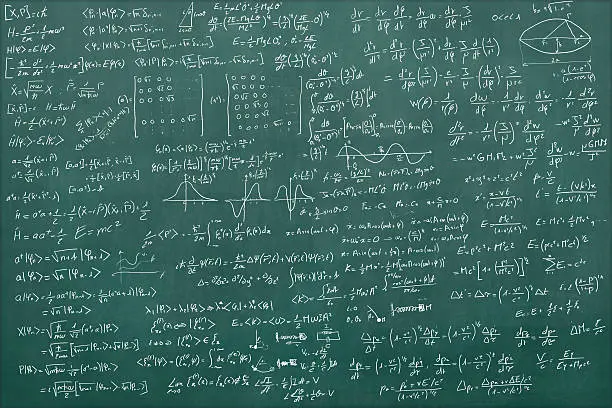
Infinity in Fractal Geometry: Exploring Infinite Complexity in Nature
- Admin
Fractal geometry, a branch of mathematics that explores the concept of self-similarity and infinite complexity, offers profound insights into the structures and patterns found in the natural world. Originating from the groundbreaking work of mathematician Benoit Mandelbrot in the 1970s, fractal geometry has revolutionized our understanding of natural phenomena, from coastlines and clouds to galaxies and biological systems. In this article, we delve into the captivating realm of fractal geometry, exploring its connection to infinity and its implications for our perception of reality.
Fractals: Nature's Infinite Patterns:
Fractals are geometric shapes or structures that exhibit self-similarity at different scales, meaning that they appear similar regardless of the level of magnification. Unlike traditional Euclidean geometry, which deals with smooth and regular shapes, fractal geometry embraces irregularity and complexity, capturing the intricate details and irregularities found in natural objects. Fractal patterns can be observed in a wide range of phenomena, including coastlines, mountains, trees, clouds, and even the human circulatory system.
Mandelbrot Set: A Gateway to Infinity:
At the heart of fractal geometry lies the Mandelbrot set, a complex and infinitely intricate mathematical object that embodies the concept of self-similarity and infinite complexity. Named after its discoverer, Benoit Mandelbrot, the Mandelbrot set is generated by iteratively applying a simple mathematical formula to complex numbers. What makes the Mandelbrot set truly remarkable is its boundary—a highly convoluted and infinitely complex structure that exhibits self-similarity at all scales, revealing new levels of detail as one zooms in infinitely.
Fractal Dimension: Quantifying Infinity:
A key concept in fractal geometry is the notion of fractal dimension, which provides a measure of the space-filling properties of fractal objects. Unlike the integer dimensions of traditional Euclidean geometry (e.g., 1D for lines, 2D for planes, 3D for solids), fractal dimensions can be non-integer and fractional, reflecting the intricate and infinitely complex nature of fractal shapes. Fractal dimension allows mathematicians to quantify the degree of self-similarity and complexity exhibited by fractal patterns, providing valuable insights into their underlying structure.
Applications of Fractal Geometry:
Fractal geometry finds applications in diverse fields, including physics, biology, computer graphics, and finance. In physics, fractal patterns appear in phenomena such as turbulent flow, fractal antennas, and the structure of snowflakes. In biology, fractals are used to model branching structures such as trees and blood vessels. In computer graphics, fractal algorithms are employed to generate realistic landscapes and natural textures. In finance, fractal patterns are studied in the context of financial markets and asset price movements.
Conclusion:
In conclusion, fractal geometry offers a captivating glimpse into the infinite complexity and beauty of the natural world. By embracing the concept of self-similarity and infinite iteration, fractal geometry reveals the underlying order and structure that pervade seemingly chaotic and irregular phenomena. From the Mandelbrot set to fractal patterns in nature, fractal geometry invites us to contemplate the mysteries of infinity and appreciate the infinite diversity and richness of the universe. As we continue to explore the frontiers of fractal geometry, we gain new insights into the profound connections between mathematics, nature, and the infinite.
